By Jaime Jovanovich-Walker, Community Outreach Coordinator
*Note: Jaime is in no way, shape, or form an expert on mushrooms, just a gal who loves hunting them and sharing her experiences with a captive audience.
Ah, late spring. Life is bursting out of every nook and cranny, and all of it is wonderful. But in the totality of spring’s splendor, there is one type of new growth that tops them all: the emergence of the mysterious, delicious, savory, and decadent morel (Morchella) mushroom, the forager’s most prized forest edible.
"This view is terrible!" said no one, ever.
If you haven’t had the pleasure of eating, or even simply hunting for these treasures, you are missing out on what I consider the best of the best when it comes to regional outdoor activities. Whether I actually intend to or not, I always get a great hike out of any mushroom safari and they happen to grow on some of the most beautiful landscapes in our region, like Moscow Mountain, Bovill-Clarkia area, and in the Nez Perce-Clearwater National Forest. Even if the morels prove to be elusive, I’ve yet to hear anyone lament, “Gee, I came for morels and all I got was this lousy dose of nature, fresh air and exercise. *Pfft*”
Which brings up a critical point: morels are notoriously tricky to find, only appearing in places of recent disturbance, fire activity, or along game trails. They will only emerge when the soil and air temperatures are perfect, and when we’ve had just enough water. Basically, they are the fungal equivalent of Goldilocks.
And they’re not blindingly obvious (if I had a nickel for every time I mistook a sneaky pinecone for a morel I would have exactly $8 billion dollars and 25 cents). Only about 2-3” tall, beige to brown in coloration, and often enjoying the shade of other plants, actually finding a morel in the wild can feel like one big forest-themed Where’s Waldo? But you know you’ve got one when you spot the characteristic honeycomb-esque head with a totally hollow stem and no gills (ribbing).
If you discover something that looks like the very wrinkly rear end of a Shar Pei puppy (left), steer clear. If it looks like a delicious honeycomb (right), jackpot.
I’ve been thinking a lot about these little gems lately, especially after finding their infamous cousin, the false morel (Gyromitra esculenta) at Idler’s Rest a few weeks ago. And more so this week after hearing about someone who made an unfortunate mis-identification of the mushrooms they had collected and ended up with a nasty case of poisoning.
It brings to mind one of my favorite adages from Croatia: “All mushrooms are edible, but some only once.” The subject of this particular story certainly didn’t meet their demise, but did spend a painful and miserable few days suffering the consequences of ingesting toxic fungi.
So, if you do venture out on your own mushroom adventure, please be careful and:
- Always carry a guidebook (my absolute favorite is All That the Rain Promises and More: a hip pocket guide to Western Mushrooms by David Amora) or go with someone who is an experienced mushroom hunter in the region;
- If you’re ever unsure about what type of mushroom you have found, WHEN IN DOUBT DON’T PUT IT IN YOUR MOUTH (which is a good tip for quite a few other things in life, come to think of it);
- And even if you know that you have discovered an edible mushroom, but you’ve never eaten it before, try only a small piece at first then wait a day to see how your body reacts (and repeat at least one more time), before chowing down.
These orange peel mushrooms are edible, but taste like a rubbery sheet of dirt. I, of course, eat at least 4 every year just to make sure they’re still terrible. PS-- yep, still taste like dirt this year.
There are also a myriad of free online ID resources, apps, and the UI Extension has fantastic publications, courses, and references on regional forest edibles.
Our natural spaces are full of beautiful, wonderful, awe-inspiring, and very tasty things. I hope you can get out into the forests and mountains to find your mushroom paradise and always remember: Have fungi, but be careful.



